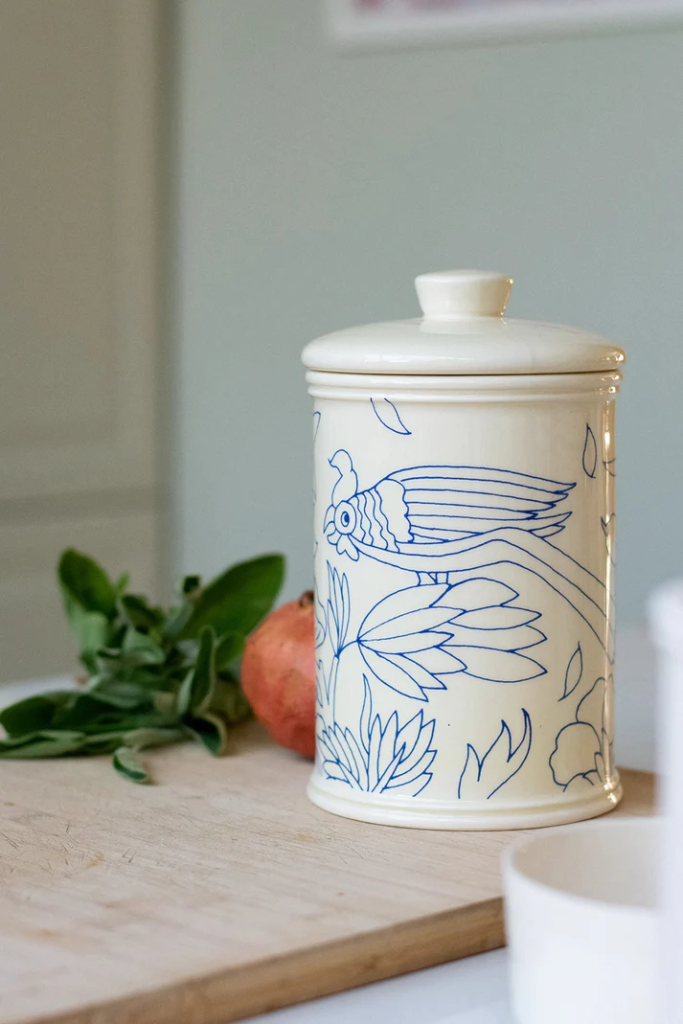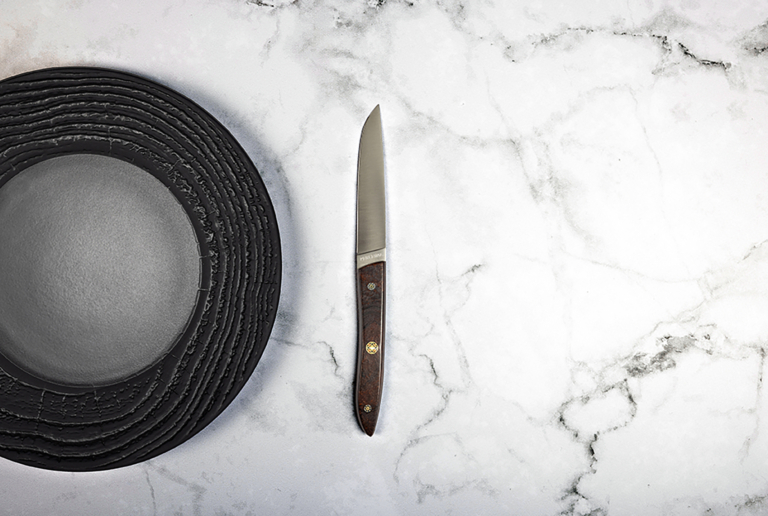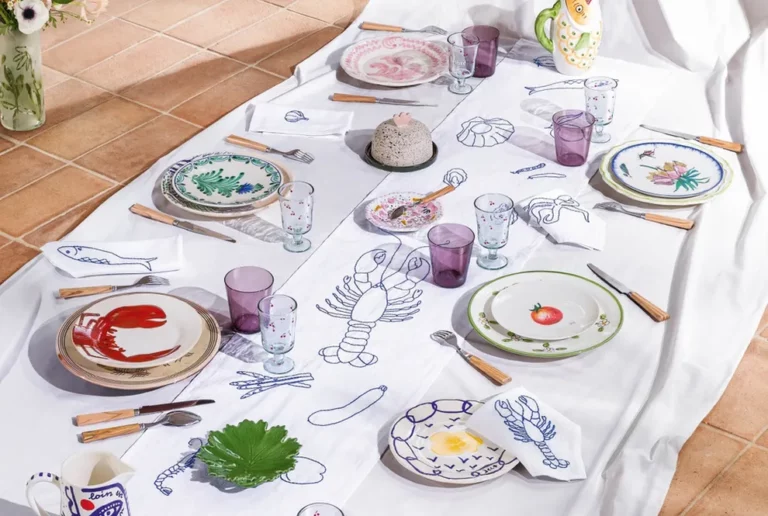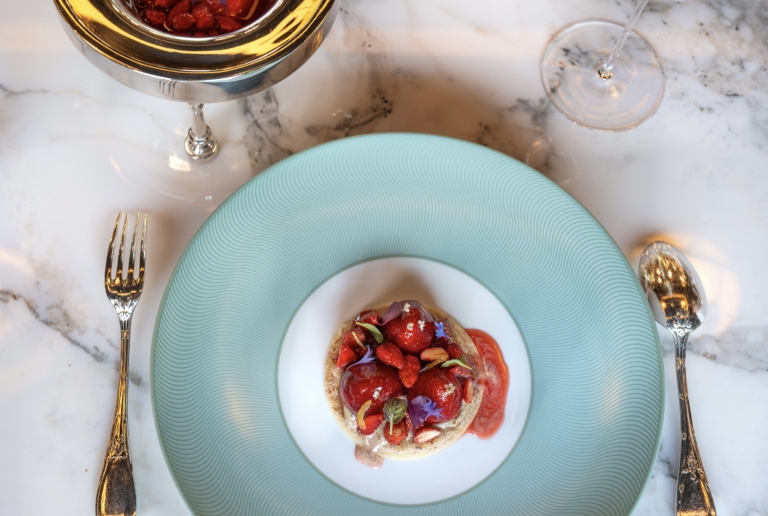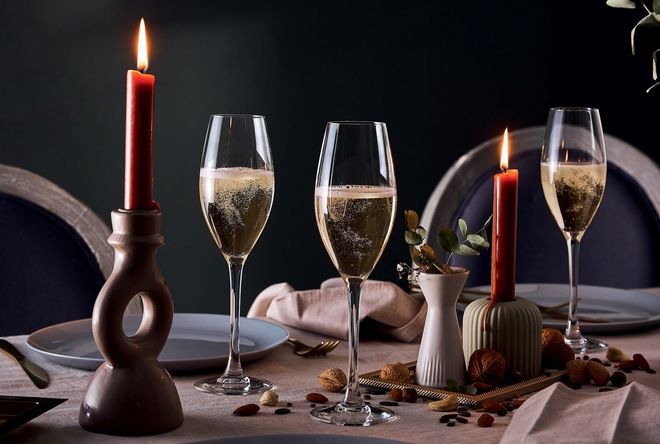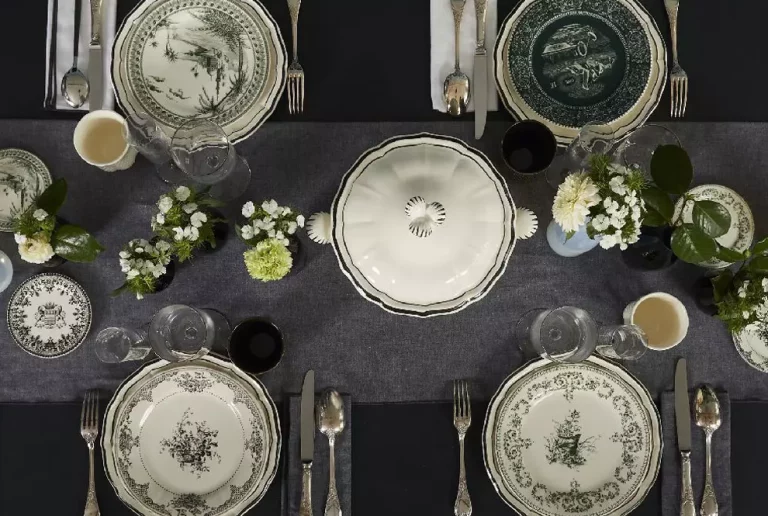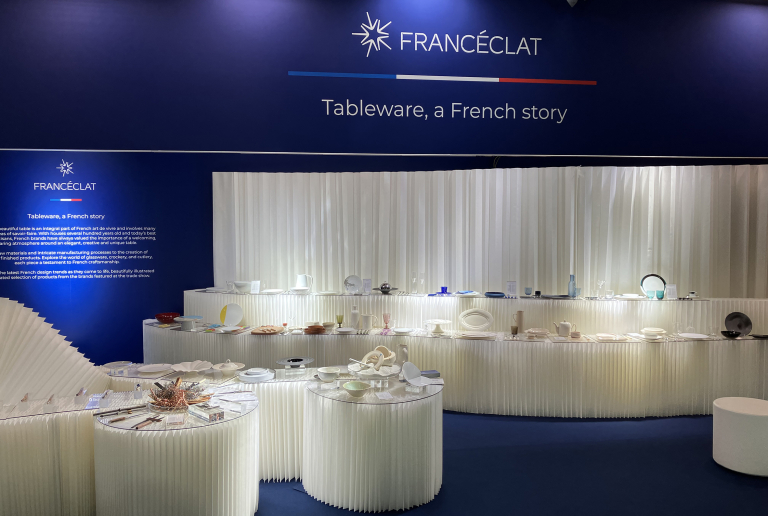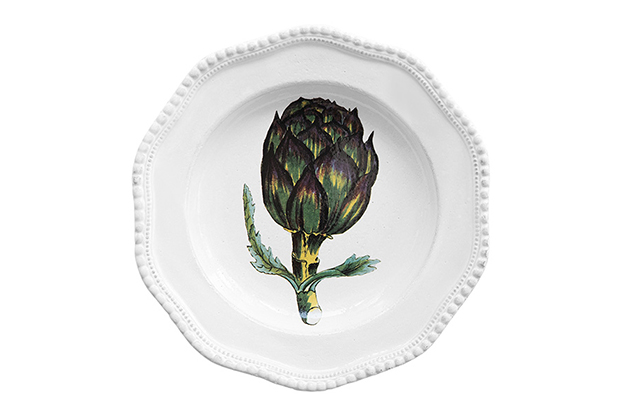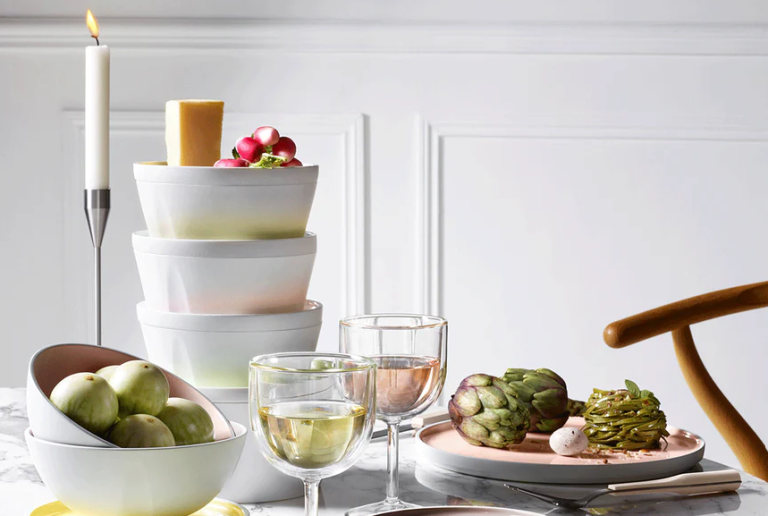The treasures of French faience from past to present
Taking its name from the Italian town of Faenza, where it rose to fame during the Renaissance, faience is celebrated for its diverse range of styles and production techniques. This porous ceramic, crafted from a mix of clay, kaolin, quartz and feldspar, is fired at a lower temperature than its porcelain counterpart, between 900 and 1,100°C. It is then glazed and often adorned with intricate designs in vivid colours. Revered for both its role in tableware and its refined beauty, faience has earned itself high renown. From the prestigious reputation of its factory in Sèvres to the adoration shown to the iconic bowls of Brittany, French faience has been the epitome of fine craftsmanship for over 300 years. We revisit some of the defining moments in its history.
The golden age of French faience
The first French faience workshops emerged in the 17th century, but it was not until the 18th century that the craft reached its golden age, especially with the founding of the Manufacture royal de Sèvres, which quickly became a leading light in the ceramic arts. Though less well known, faience initially played an important role before porcelain – preferred by the aristocracy – claimed the spotlight.
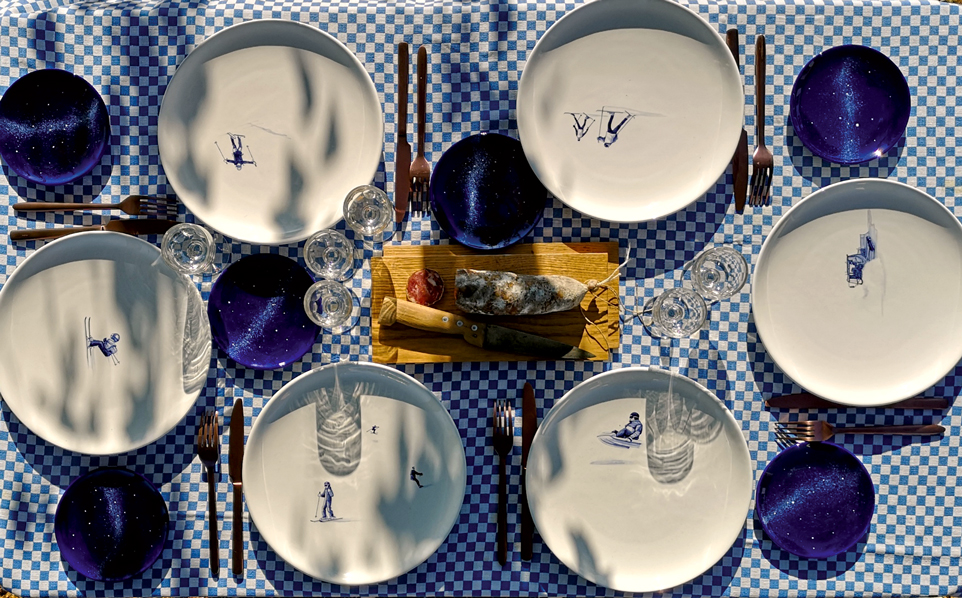
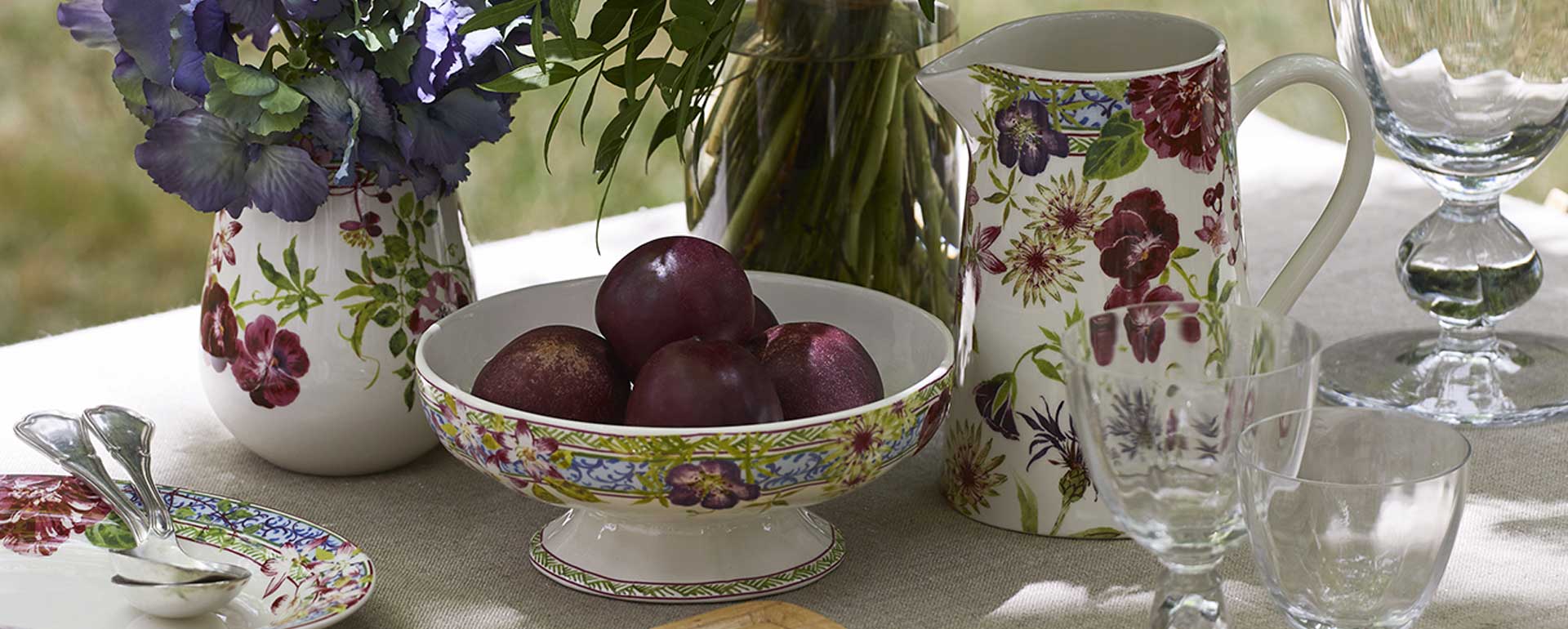
Meanwhile, other manufacturers including Gien and Faïencerie Georges helped to shape the tradition of “fine” French faience, which is made with a white or slightly ivory-toned paste. Founded in 1821, the Faïencerie de Gien is admired not only for its elegant tableware but also – and above all – for its striking, intricate designs. The Millefleurs collection epitomises this art, with its delicately rendered flowers that boast an abundant and captivating aesthetic. Faïencerie Georges, established in 1898, upholds artisanal traditions while taking a contemporary approach to the craft. Made entirely in France, its pieces bring classic faience into an innovating new era.
Breton bowls: an icon of French faience
One particular piece has come to represent both French faience and Breton culture: the Breton bowl, with its characteristic hand-painted name around the side. Originating from Brittany’s faience tradition, this simple and endearing object has been a firm favourite for generations, evolving into a treasured souvenir and a symbol of regional pride.
Faïencerie de Pornic, founded in 1947, is one of the main producers of these bowls. Its workshops popularised the personalised designs, making them part of the French cultural landscape. Every stage of production – from colour selection to name painting – is meticulously carried out by hand, paying homage to the region’s proud artisanal heritage.
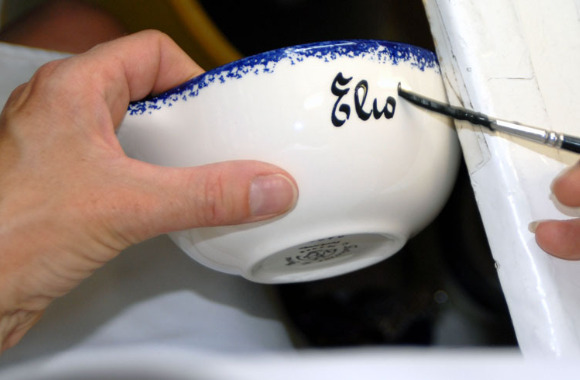
A new era of reinvention
Alongside the historic factories, a wave of new makers has emerged in recent years, bringing a breath of fresh air to the art of faience. Among them is Des rêves, based in Desvres in Pas-de-Calais, which has started a new chapter for French faience by merging traditional techniques with bold, modern creativity. Featuring minimalist, contemporary designs crafted using faience techniques, their collections resonate with today’s discerning customers on the lookout for authenticity and originality.
French faience is definitely not a static art; it is experiencing a revival. Collaborations with contemporary artists and designers, alongside the growing trend for personalisation, have kept faience both relevant and true to its artisanal roots.
From the esteemed Sèvres name to the equally iconic Breton bowls, French faience tells a fascinating and enduring tale. With unique heritage pieces that capture a contemporary mood, the faience workshops of France have a bright future ahead of them.
